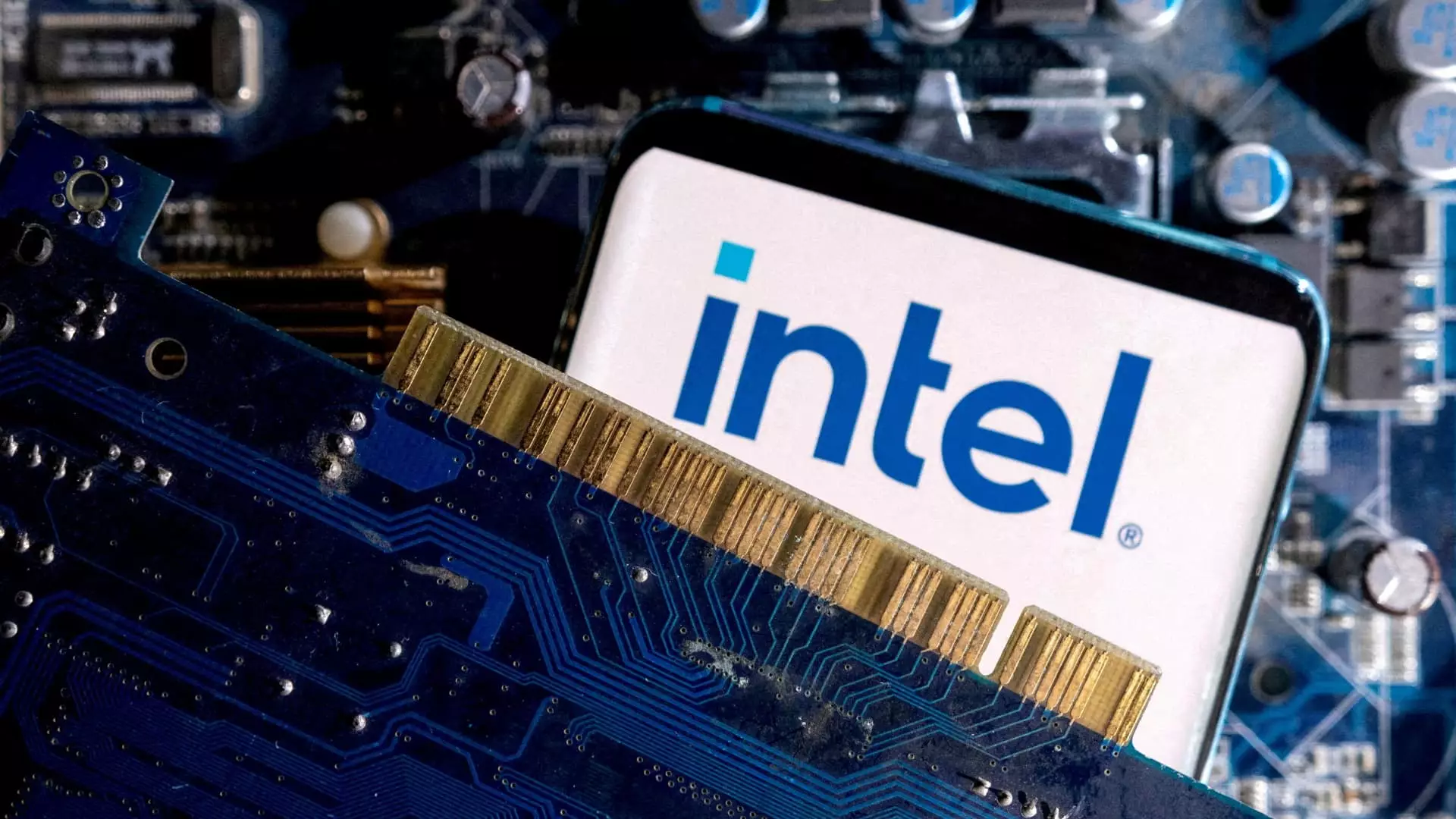Intel Corporation experienced a remarkable surge in its share price, with an increase exceeding 10% on Tuesday. This uptick was primarily linked to a report by the Wall Street Journal, suggesting that tech giants Broadcom and Taiwan Semiconductor Manufacturing Company (TSMC) might be exploring potential bids for various segments of Intel. According to insiders, Broadcom is interested in Intel’s chip design and marketing segments, while TSMC is contemplating either acquiring a stake or gaining complete ownership of Intel’s manufacturing facilities. Despite this speculative interest, it is crucial to note that no formal bids have been filed, and discussions remain largely casual at this stage.
The recent rise in stock price comes as a breath of fresh air for Intel, a company that has witnessed a steep decline in its market capitalization over the past few years. Once a leader in the semiconductor industry, Intel’s journey has been marked by challenges, particularly its late entry into the booming artificial intelligence (AI) sector. The chipmaker has faced stiff competition from rivals who have rapidly capitalized on the AI wave, while Intel has been mired in various operational and strategic missteps.
In August, Intel recorded its worst single-day stock performance in half a century, plummeting to levels not seen since 2013 after announcing disappointing quarterly earnings. Compounding its woes, Intel revealed plans to reduce its workforce by a substantial 15%. This decisive action signaled a glaring need to address inefficiencies and refocused resources in a fiercely competitive landscape.
Amidst the turmoil, the company’s board took drastic measures, leading to the ousting of CEO Pat Gelsinger in December, as stakeholder confidence in his turnaround strategy waned. The leadership shake-up reflects deeper issues within the company and the shareholder community’s desperate calls for transformation. Intel’s recent market volatility underscores not only the company’s struggles but also the broader shifts within the semiconductor industry.
Despite these challenges, the recent stock price rally suggests a flicker of optimism among investors. The company’s shares have rebounded to record a 29% increase in value this year, even after facing a staggering 60% decline in 2024. This resilience indicates that while skepticism surrounds Intel’s future, opportunities for revival still exist.
For Intel to regain its footing, it must capitalize on the renewed interest from potential acquirers and focus on innovation and strategic investments in AI and other emerging technologies. As discussions about possible acquisitions loom, the company stands at a crossroads that could redefine its future trajectory. Only time will reveal if Intel can transform today’s speculative optimism into sustainable growth, but this week’s developments provide a glimmer of hope for the tech giant and its stakeholders.

